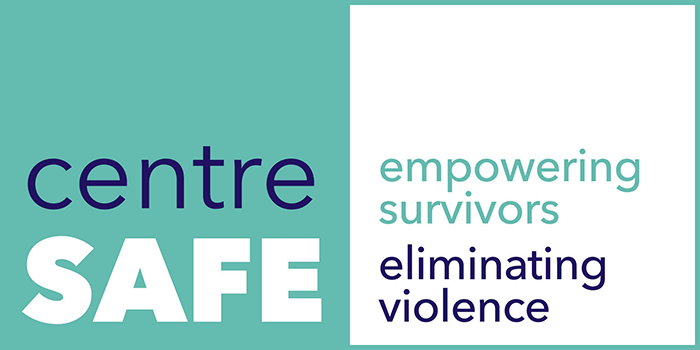What is Sexual Violence?
The term “sexual violence” means any sexual contact with a person without his or her consent. The range of sexual violence includes:
- Rape
- Incest
- Child Sexual Assault/Abuse
- Date & Acquaintance Rape
- Statutory Rape
- Marital or Partner Rape
- Sexual Exploitation
- Sexual Contact
- Sexual Harassment
- Exposure
- Human Trafficking
- Voyeurism
It does not have to include physical force. It can also involve the threat of force, coercion, or sexual blackmail.
Sexual violence is a crime of power. It is motivated by a desire to control, dominate, or humiliate another person and sex is the weapon used. Offenders are most often someone the victim knows – a friend, intimate partner, acquaintance, coach, family member, etc. Sexual violence violates a person’s trust and feelings of safety. Sexual assault can occur without regard to gender, intimate-partner relationship, or age of the victim.
No matter when, where, or how it happened… sexual violence is NEVER the victim’s fault!
Statistics
- Nearly 1 in 5 women and 1 in 71 men in the United States has experienced rape in her/his lifetime and 1 in 2 women and 1 in 5 men have experienced sexual violence other than rape. (Center for Disease Control and Prevention, National Intimate Partner and Sexual Violence Survey, 2010)
- People who identify as lesbian, gay, bisexual, transgender and queer/questioning (LGBTQ) experience sexual violence at higher rates than people who identify as heterosexual. A 2011 study analyzed data from more than 75 research reports and found that lesbian and bisexual women may be up to 3 times as likely as heterosexual women to report having been sexually assaulted during their lifetime; gay men may be up to 15 times as likely as heterosexual men to report having been sexually assaulted during their lifetime (Rothman, Exner and Baughman, 2011).
- Approximately 2 out of 3 rape and sexual assault victims knew their perpetrator. (U.S. Department of Justice, 2005 National Crime Victimization Study, 2005)
- 90% of rape victims attending colleges know their offenders. (Bureau of Justice Statistics, 2000)
- Female freshmen are at the highest risk for sexual and physical assault from the day they arrive on campus until Thanksgiving break. This is also known as the “Red Zone.” (Campus Outreach Services, 2003)
- An average 54% of sexual assaults go unreported to the police. In cases where it is reported, only 3% of rapists will spend a day in jail. Rape is considered the most under-reported violent crime in the United States. (Justice Department, National Crime Victimization Survey: 2006-2010 and Department of Justice, Felony Defendents in Large Urban Counties: average of 2002-2006)
- Victims of rape are 13 times more likely to develop 2 or more alcohol-related problems, and 26 times more likely to have 2 or more serious drug abuse-related problems. (Journal of Traumatic Stress, 2003)
- Rape survivors are 13 times more likely to attempt suicide than non-victims. (Rape in America: A Report to the Nation, 1992)
